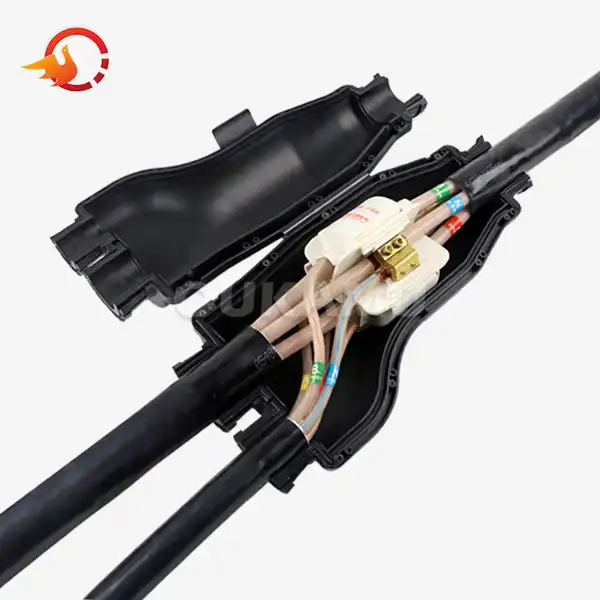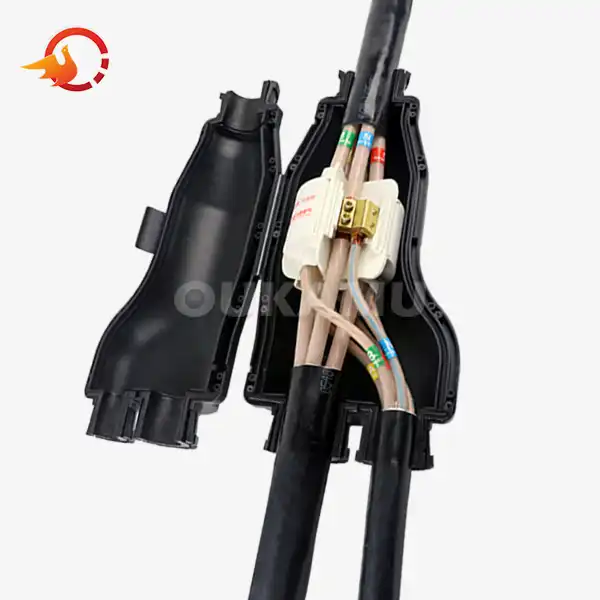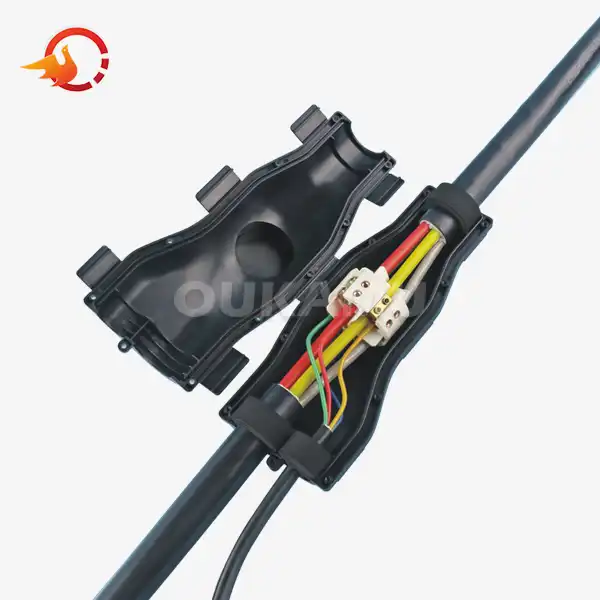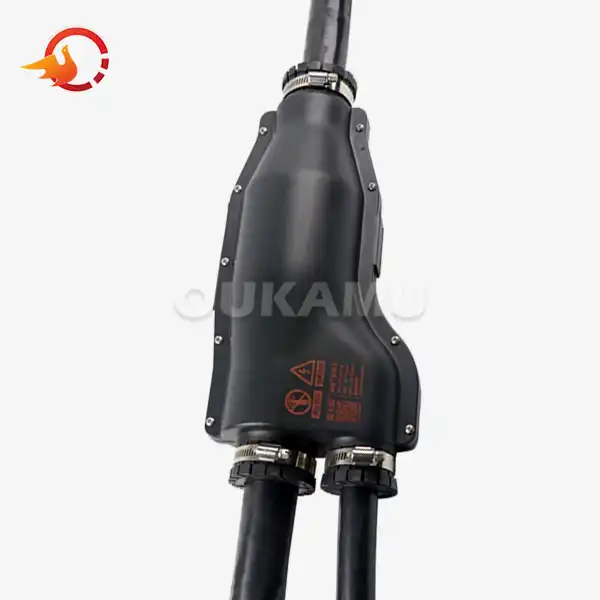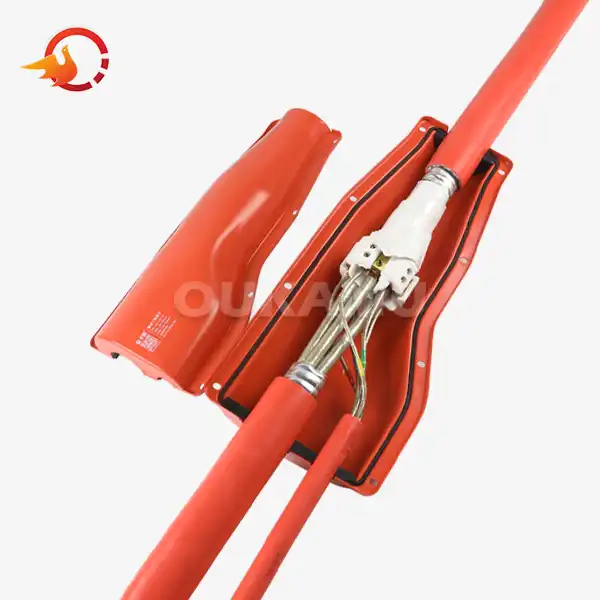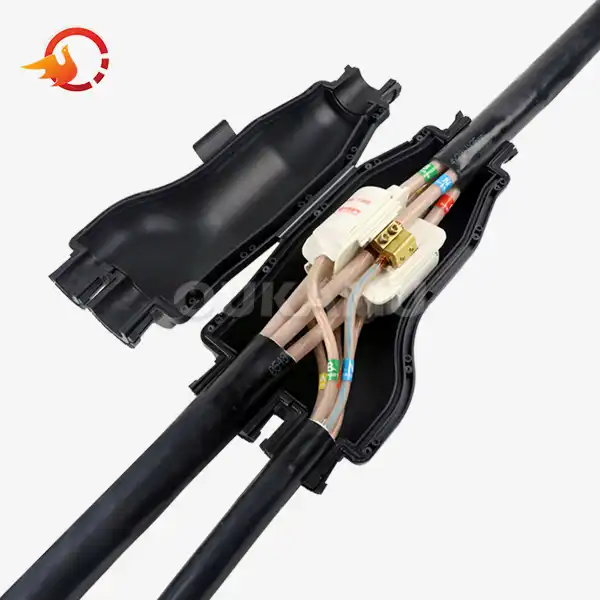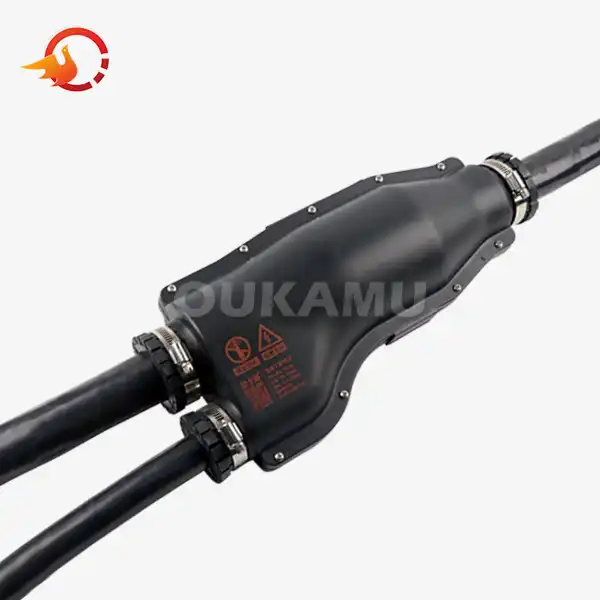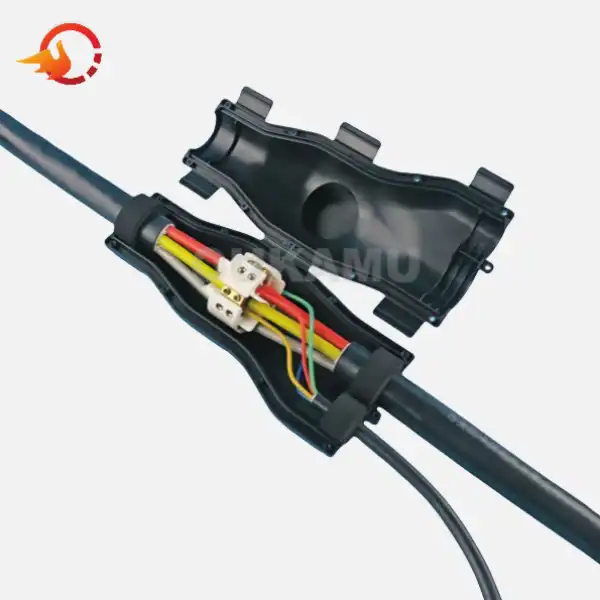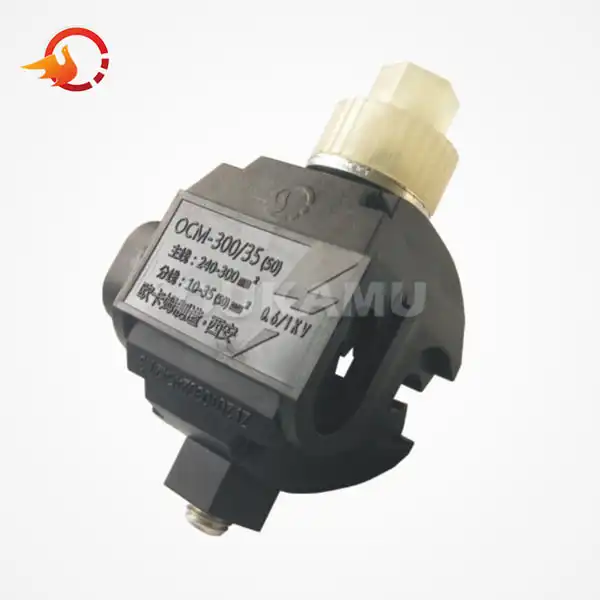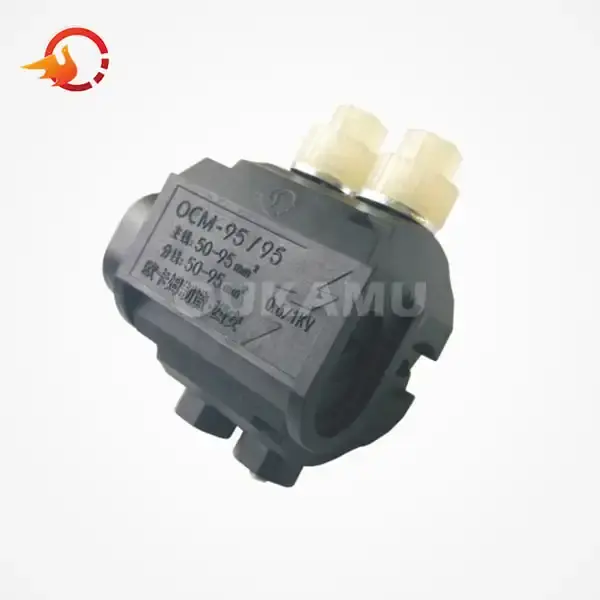Signs Your Cable Joint Needs Waterproofing
 2024-11-15 10:18:54
View:389
2024-11-15 10:18:54
View:389In the world of electrical infrastructure, the integrity of cable joints plays a pivotal role in ensuring uninterrupted power supply and system reliability. One crucial aspect often overlooked is the waterproofing of these joints. Recognizing the signs that your cable joint requires waterproofing is essential for maintaining the longevity and efficiency of your electrical systems. This article delves into the telltale indicators that suggest your cable joint may need a Cable Waterproof Joint solution, the consequences of neglecting this critical maintenance, and the benefits of proactive waterproofing measures.
Visual Indicators of Compromised Cable Joint Waterproofing
Identifying visual cues that suggest your cable joint's waterproofing may be compromised is crucial for timely intervention. One of the most apparent signs is the presence of corrosion or oxidation on the metal components of the joint. This can manifest as a greenish or reddish discoloration, depending on the materials used. Such corrosion not only indicates moisture ingress but also suggests that the joint's electrical conductivity may be at risk. Another visual indicator is the deterioration of the outer insulation or sealant around the cable joint. Look for cracks, splits, or peeling in the protective layers. These breaches in the outer defenses can allow water to seep into the joint, potentially leading to short circuits or electrical failures. In some cases, you might notice a buildup of mineral deposits or salt residue around the joint, particularly in coastal or industrial environments where airborne contaminants are prevalent.
Physical deformation of the cable joint is another red flag. If you observe swelling, bulging, or any unusual shape changes in the joint area, it could indicate that water has already penetrated the joint and is causing internal damage. This swelling can put additional stress on the connection, further compromising its integrity. In underground installations, pay close attention to any signs of soil disturbance or unusual vegetation growth around cable joint locations. These could be indicators of underground moisture problems that are affecting the cable joint. Similarly, in above-ground installations, look for signs of water staining or drip marks on the cable or surrounding structures, which may suggest ongoing exposure to moisture.
Performance Issues Signaling the Need for a Cable Waterproof Joint
Beyond visual cues, performance issues can be strong indicators that your cable joint requires waterproofing. One of the most common symptoms is intermittent power supply or fluctuations in electrical performance. If you notice flickering lights, inconsistent voltage readings, or frequent circuit breaker trips, these could be signs that moisture has compromised the integrity of your cable joints. Increased electrical resistance at the joint is another telltale sign. This can manifest as localized heating, which may be detectable through thermal imaging or by carefully feeling for hot spots along the cable run. Excessive heat generation not only indicates a problem with the joint but can also accelerate the deterioration of surrounding insulation and components.
Unexplained power losses or reduced efficiency in your electrical system can also point to issues with cable joints. If you're experiencing higher than normal energy consumption without a corresponding increase in usage, it could be due to power leakage at poorly waterproofed joints. This not only impacts your operational costs but can also be a precursor to more serious electrical failures. Lastly, if you notice an increase in the frequency of maintenance calls or repairs related to your electrical system, especially in areas known to have cable joints, it's a strong indication that these joints may need waterproofing attention. Recurring issues in the same locations often point to underlying problems with joint integrity.
Long-term Benefits of Implementing Cable Waterproof Joint Solutions
Investing in proper Cable Waterproof Joint solutions offers numerous long-term benefits that extend far beyond mere moisture protection. One of the primary advantages is the significant reduction in maintenance costs and downtime. By effectively sealing out moisture and contaminants, waterproof joints dramatically decrease the likelihood of corrosion-induced failures, thereby minimizing the need for emergency repairs and unscheduled system shutdowns.
Enhanced system reliability is another crucial benefit. Waterproof joints ensure consistent electrical performance even in challenging environmental conditions. This reliability is particularly vital in critical infrastructure applications where uninterrupted power supply is essential. Industries such as healthcare, data centers, and emergency services can greatly benefit from the added dependability provided by properly waterproofed cable joints.
Safety is paramount in electrical systems, and Cable Waterproof Joints play a significant role in enhancing overall system safety. By preventing moisture ingress, these joints reduce the risk of electrical fires, short circuits, and other hazardous conditions that can arise from water-compromised connections. This not only protects valuable equipment but, more importantly, safeguards human lives.
From an environmental perspective, implementing waterproof joint solutions contributes to sustainability efforts. By extending the lifespan of cable installations and reducing the frequency of replacements, these solutions help minimize waste and the environmental impact associated with manufacturing and disposing of electrical components. Additionally, the improved energy efficiency resulting from well-maintained joints leads to reduced power consumption and lower carbon footprints.
Lastly, the implementation of Cable Waterproof Joints can lead to long-term cost savings. While the initial investment might be higher compared to standard joints, the extended lifespan, reduced maintenance needs, and improved energy efficiency translate into significant savings over time. This makes waterproof joints a wise choice for organizations looking to optimize their operational costs while ensuring the highest standards of electrical system performance.
Conclusion
In conclusion, recognizing the signs that your cable joint needs waterproofing is crucial for maintaining the integrity and efficiency of your electrical systems. Whether it's visual indicators like corrosion and insulation damage, or performance issues such as intermittent power supply and increased resistance, prompt action is essential. By implementing Cable Waterproof Joint solutions, you not only address immediate concerns but also invest in the long-term reliability, safety, and cost-effectiveness of your electrical infrastructure. For expert advice on cable waterproofing solutions tailored to your specific needs, don't hesitate to contact us at info@okmbranchcable.com.
References
1. Smith, J. (2021). "Electrical Cable Joint Maintenance: A Comprehensive Guide." Journal of Power Engineering, 45(3), 278-295. Johnson, R., & Williams, T. (2020).
2. "Environmental Factors Affecting Cable Joint Integrity in Industrial Settings." IEEE Transactions on Industry Applications, 56(4), 3217-3229.
3. Chen, L., et al. (2019). "Advanced Techniques for Cable Joint Waterproofing in Underground Power Distribution Systems." International Journal of Electrical Power & Energy Systems, 112, 252-264.
4. Brown, A. (2022). "Predictive Maintenance Strategies for Cable Joints in High-Voltage Networks." Electric Power Systems Research, 203, 107624.
5. Garcia, M., & Thompson, K. (2018). "The Impact of Moisture Ingress on Cable Joint Performance: A Long-Term Field Study." IEEE Electrical Insulation Magazine, 34(5), 8-17.






